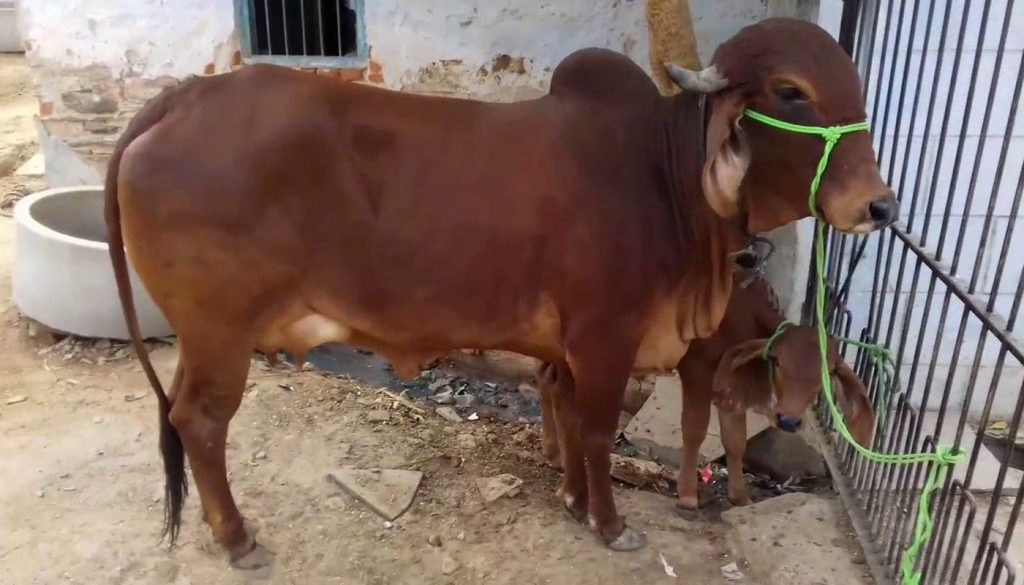
The Gir cow is a breed of cattle that is raised by nomadic tribes of the state using them for their basic livelihood. They are the oldest breed in India they are also a pure breed of cow that belongs to the Zebu type cow group with a hump and a loose dewlap. The Gir cow achieved international status thanks to Brazil supplying improved cattle embryos and semen to countries such as the United States, Mexico, and Venezuela. The Gir cow is considered one of the best dairy cow breeds in the world.
GIR COW BREED OF CATTLE QUICK PROFILE OVERVIEW
|
|
|---|---|
| Gir cows are a very unique cattle breed with lots of special characteristics that make them an excellent breed for any farming environment. | |
| Country of Origin: | India |
| Other Names: | Gyr, Bhodali, Sorthi, Surti, Desan, and Kathiawari |
| Main Purpose: | Milk |
| You may Also Like: | 35 Best Cattle Breeds for Milk – Dairy Cattle |
| You may Also Like: | 47 Best Cattle Breeds for Meat – Beef Cattle |
| Can be used for | Breed, Milk |
| Ideal Climate: | Heat, Cold, Most Climates |
| Conservation Status: |
Not listed by the *ALC Status/Rarity: Rare in the States and are listed by the FAO |
| Health Issues? | No known health issues |
| Good Starter Cattle? | Novice to intermediate Cattle farmer/keeper level |
| Cattle Associations: | Gir Breeders Association |
| Cattle Clubs: | Please refer to the Gir Breeders Association for more information on the Gir cattle breed |
| Where to buy them? | >Please refer to the Gir Breeders Association for more information on the Gir cattle breed |
| Child Friendly? | Livestock should not be left unattended around unsupervised children |
| General Information: | They say the Gir cow is worth its weight in gold and it is no joke! Four years of extensive research on the Gir by scientists at the Junagadh Agricultural University (JAU) say they found traces of gold in the Gir cows’ urine. Between 3 mg to 10 mg of gold, a trace was found in 1liter of the breed urine. The test was run on 400 Gir cows at the Food Testing Laboratory of JAU. It was found in what is known as an ionic form which means gold salts that are soluble in water. The test was prompted by ancient scriptures that laid references to the healing properties or medicinal properties of the cow’s urine. The scripture also speaks of the presence of gold in the urine. Other animals such as camels, buffalos, sheep, and goats were also tested but there no traces of antibiotic compounds. The Gir cow urine has 388 compounds in their urine that immense medicinal value that is believed to be able to cure several ailments. They are also analyzing the other 39 indigenous cattle breeds in India to see if they have the same properties as the Gir cattle have. There are conservation and breed improvements projects currently being undertaken to improve on the breeds current condition and to conserve the Gir cattle breed. Gir cattle are used to cart large quantities of sand, stone, etc. |
| Note: *ALC stands for American Livestock Conservancy | |
PHYSICAL CHARACTERISTICS |
||||||||||||||||||||||||||||||||
|---|---|---|---|---|---|---|---|---|---|---|---|---|---|---|---|---|---|---|---|---|---|---|---|---|---|---|---|---|---|---|---|---|
| The Gir cattle or cow is considered to be one of the largest dairy cattle breeds in India. They have a medium to a large sized frame with a well-proportioned body that is not the typical block cow shape but rather more rounded with a leaner muscle. They have a lot of soft loose skin and their coats are thin, fine and quite silky to the touch. Their skin secretes sebum which is a fluid that repels insects. Their facial structure is quite unique in that the face is long narrow with a bulging or convex shaped forehead. They have long lopped shaped tubular ears and long sturdy legs. Both the male and female have a hump between their shoulder blades with the males being bigger and more defined than the females. Both sexes have a long loose dewlap and dark colored noses and feet. | ||||||||||||||||||||||||||||||||
| Size: | Medium to large | |||||||||||||||||||||||||||||||
|
||||||||||||||||||||||||||||||||
COW BREEDING & MILKING INFORMATION |
|
|---|---|
| Most Cattle produce milk but not all of them are used in the dairy Cattle capacity for their milk. Cows only calve once a year and should have 12 to 14-month inter-calving cycle. They are very fertile, give birth easily have a normal gestation and lactation period. They have little to no birthing problems and are incredibly good loving mothers with exemplary motherly instincts and will at all cost protect their young. Cows have been known to live to between 12 to 15 years producing calves up to 10 years of age. Their milk contains A-2 beta casein protein making the value of their milk quite high. | |
| Breeding Period/cycle: | Usually lasts 6 to 24 hours Most ave. 12 to 16 hours Cows usually come on heat every 21 days. |
| Estrous cycle: | Ave. 17 days to 24 days Heifer – usually ave. 20 days Cows – usually ave. 21 days |
| Gestation Period: | Usually, around 279 to 287 days but most gestation is 283 days. Cows that are carrying bull calf’s their gestation period is usually a little longer than cows that are carrying heifer calves. |
| No. Calves/Litter: | 1 calf at a time. Cows rarely have twins or triplets, but it can happen |
| Lactation Period: | Cows lactation period can last for up to about 10 months (305) days. |
| Milking From: | 1 to 6 weeks after Calving |
| Drying off Period: | The cow should have a 12 to 14-month inter-calving cycle. Drying off period for around 60 days before she can calve again. |
| Milk Quality: |
Good, Butterfat = 4.69 – 4.97%, Protein = 3.9% Quantity: 1st lact. = 1600-1700 kg, 2nd+ = 1800 to 2000 kg per Lactation |
| Milk Ideal for: | Calves, drinking making of dairy products and is believed to have some advantages for health especially of people recovering from various illnesses. |
| You may Also Like: | 35 Best Cattle Breeds for Milk – Dairy Cattle |
CATTLE MEAT PRODUCTION INFORMATION |
||||||||
|---|---|---|---|---|---|---|---|---|
| They are not bred for their beef but rather for their milk production and carting. | ||||||||
| Meat Production? | N/A | |||||||
|
||||||||
| You may Also Like: | 47 Best Cattle Breeds for Meat – Beef Cattle | |||||||
CATTLE SKIN PRODUCTION INFORMATION |
||||||||
|---|---|---|---|---|---|---|---|---|
| Most meat Cattle will have a skin by-product, and these are usually used in some form or just as a hide. Gir Cattle are not used for their skin as they are not used for meat production. | ||||||||
| Skin Production? | N/A | |||||||
| Skin is used to Produce: | Calf/cow skin leather products such as shoes, car seats, fine leather coats, gloves, handbags, belts, furniture, rugs, etc. | |||||||
|
||||||||
HISTORY
The Gir Cattle breed is famous for its milk and is one of India’s oldest pure-bred cattle breeds. It originates from the Gir hills and forest of Kathiawar Junagadh, Bhavnaga, Rajkot and Amerli districts of Gujarat.
The breed gets its name from the Gir forests which are its natural habitat.
They are famous for being able to survive in extreme tropical conditions and their tolerance to various high-stress conditions and good resistance to many tropical diseases.
They have successfully been imported into countries such as Mexico, Brazil, Venezuela and the United States of America where the breed is doing quite well.
Video
USEFUL LINKS
- Purebred Dairy Cattle Association
- American Dairy Association
- National Association of Animal Breeders
- American Dairy Science Association
- United States Cattlemen’s Association
- National Cattlemen’s Beef Association
- American National Cattlewomen
- Beef Cattle Breed Associations
- National Cattlemen’s Beef Association
- Fur Commission USA
- North American Meat Institute
- American Livestock Conservancy
- Animal Shelter (ASPCA)
- American Veterinary Medical Association
- American Animal Welfare Society
- American Animal Control
- American Society of Animal Science
- United States Department of Agriculture
 Guernsey Cattle Breed – Everything You Need to Know
Guernsey Cattle Breed – Everything You Need to Know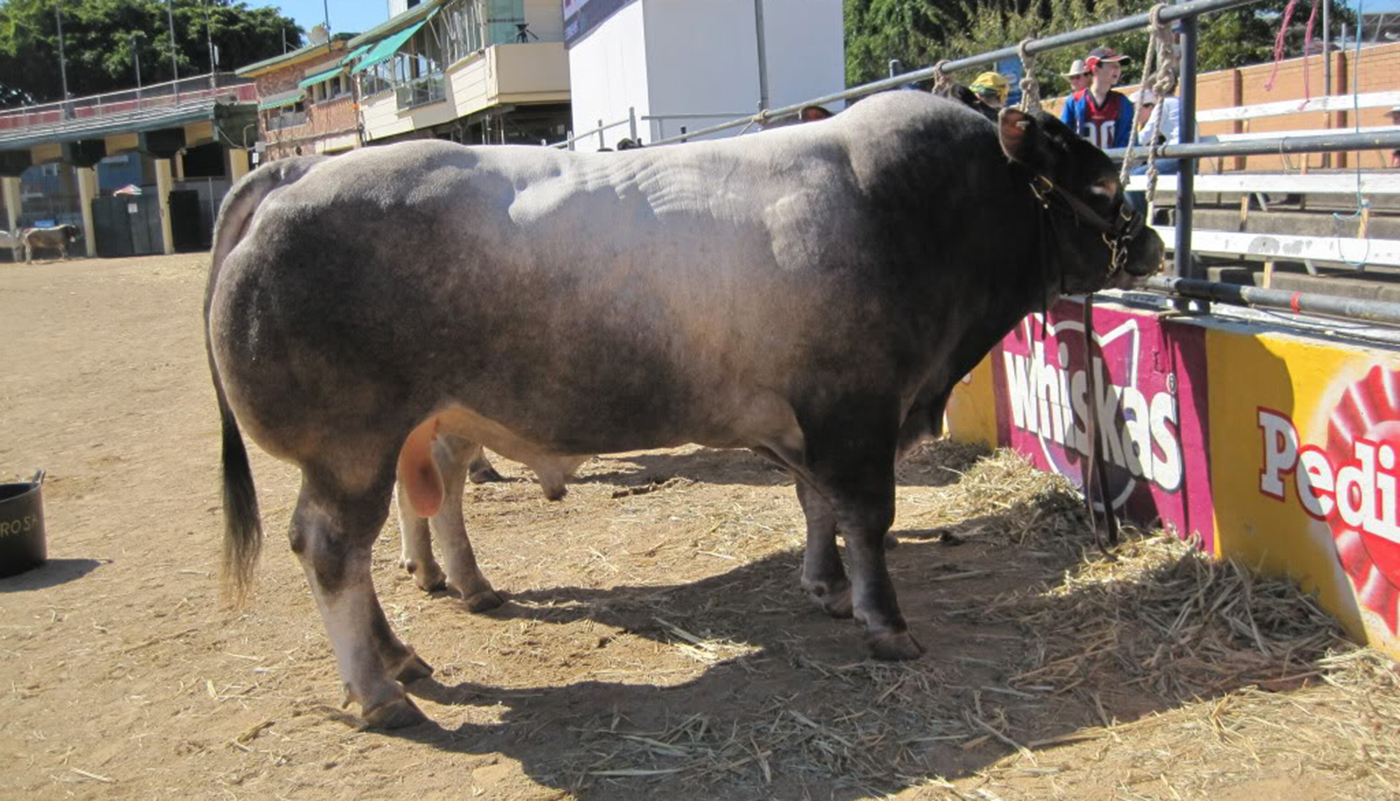 Bazadaise Cattle Breed – Everything You Need to Know
Bazadaise Cattle Breed – Everything You Need to Know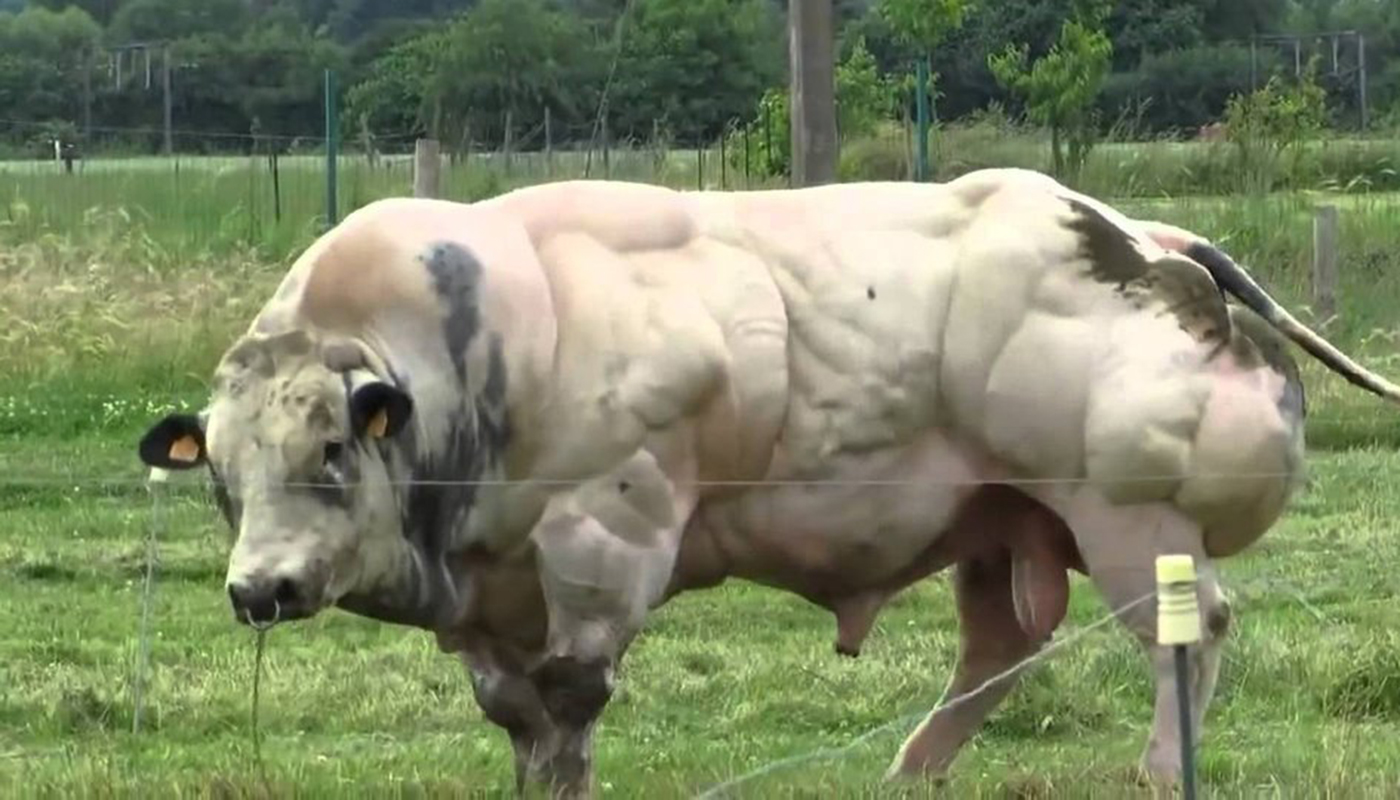 Belgian Blue Cattle Breed – Everything You Need to Know
Belgian Blue Cattle Breed – Everything You Need to Know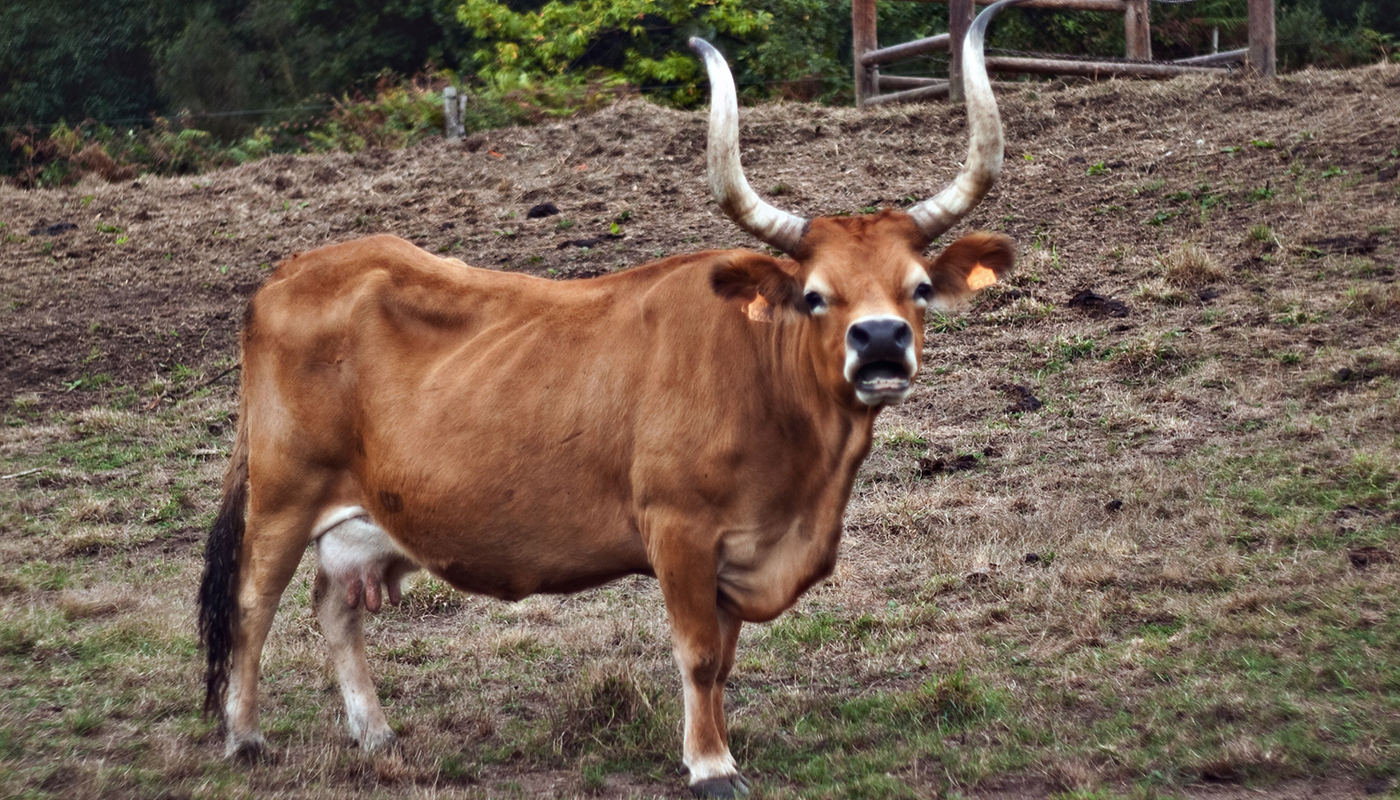 Cachena Cattle Breed – Everything You Need to Know
Cachena Cattle Breed – Everything You Need to Know American Milking Devon Cattle Breed – Everything You Need to Know
American Milking Devon Cattle Breed – Everything You Need to Know Black Hereford Cattle Breed – Everything You Need to Know
Black Hereford Cattle Breed – Everything You Need to Know English Longhorn Cattle Breed – Everything You Need to Know
English Longhorn Cattle Breed – Everything You Need to Know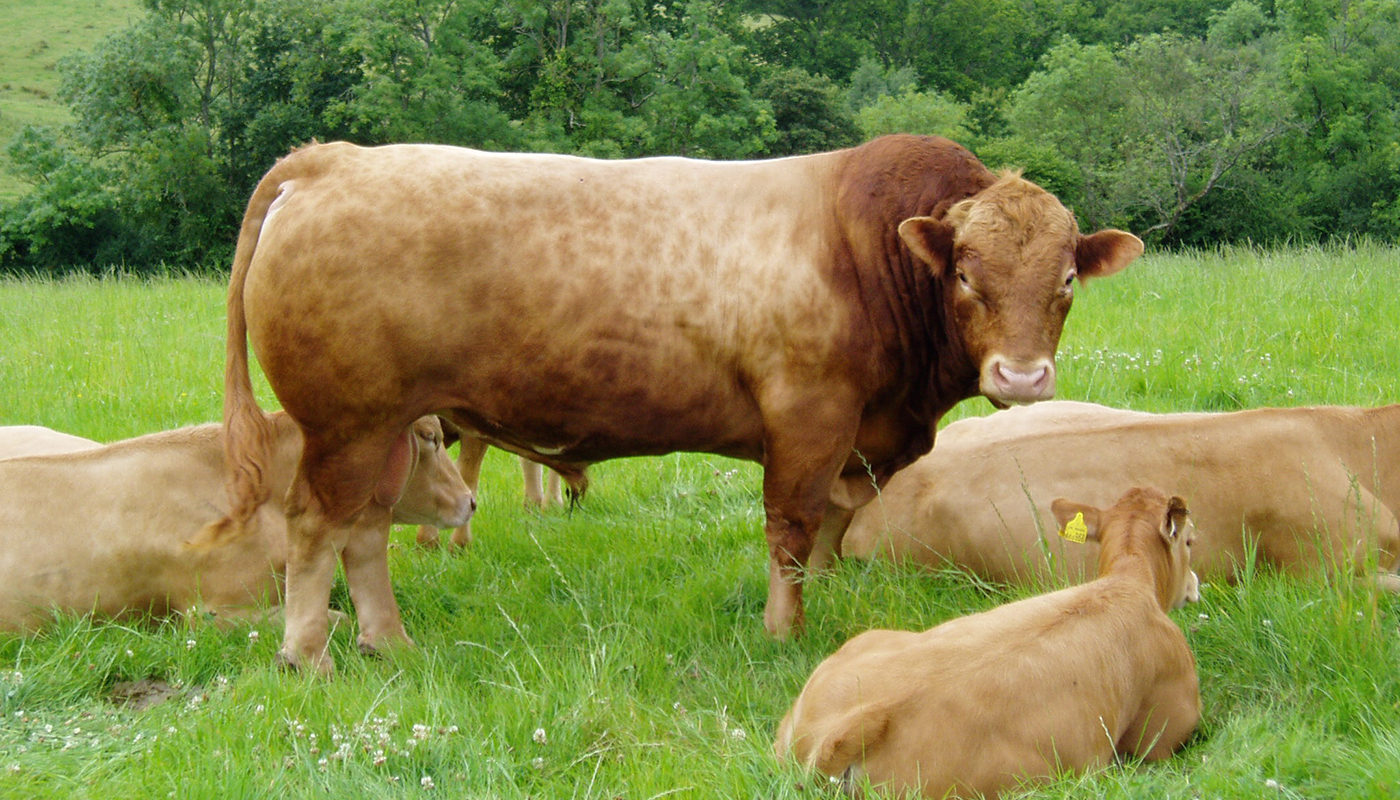 Gelbvieh Cattle Breed – Everything You Need to Know
Gelbvieh Cattle Breed – Everything You Need to Know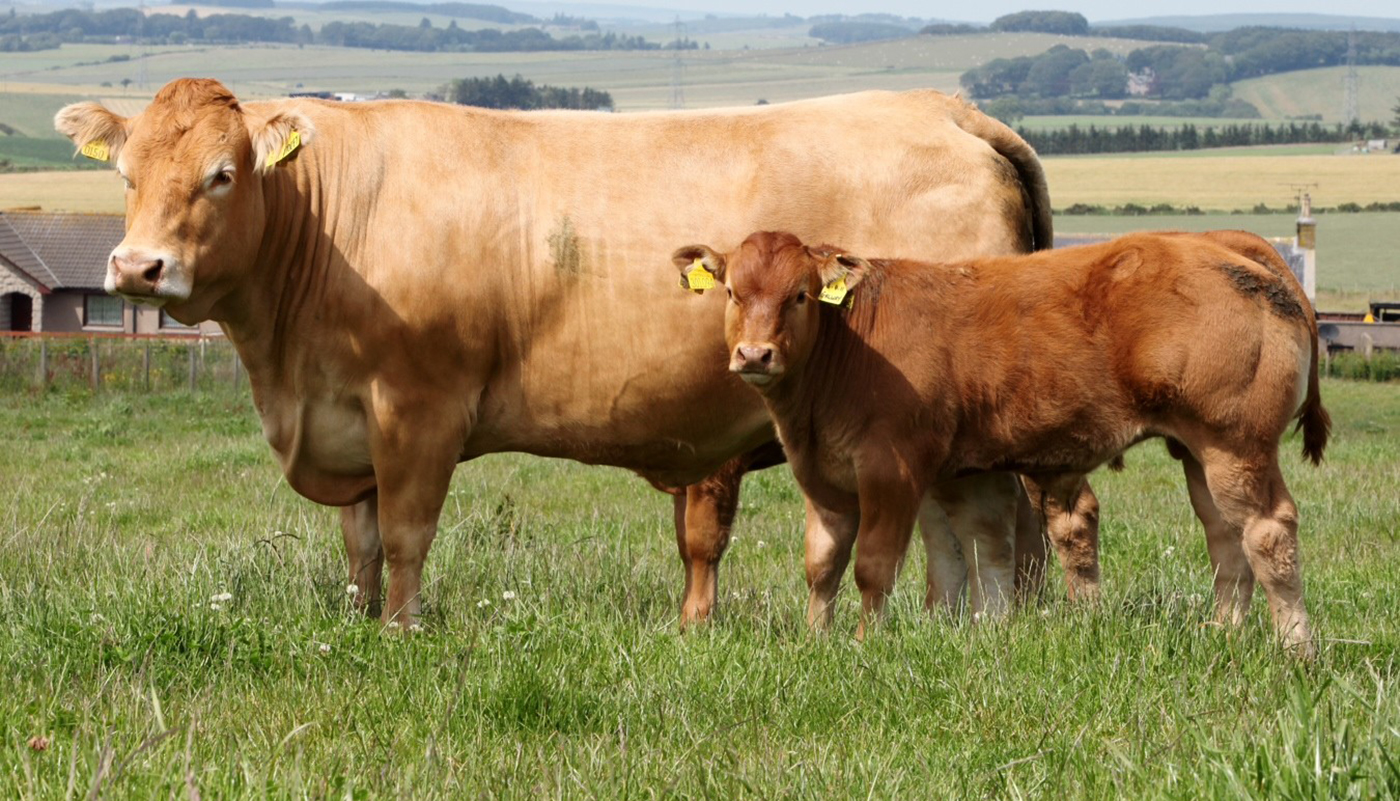 Limousin Cattle Breed – Everything You Need to Know
Limousin Cattle Breed – Everything You Need to Know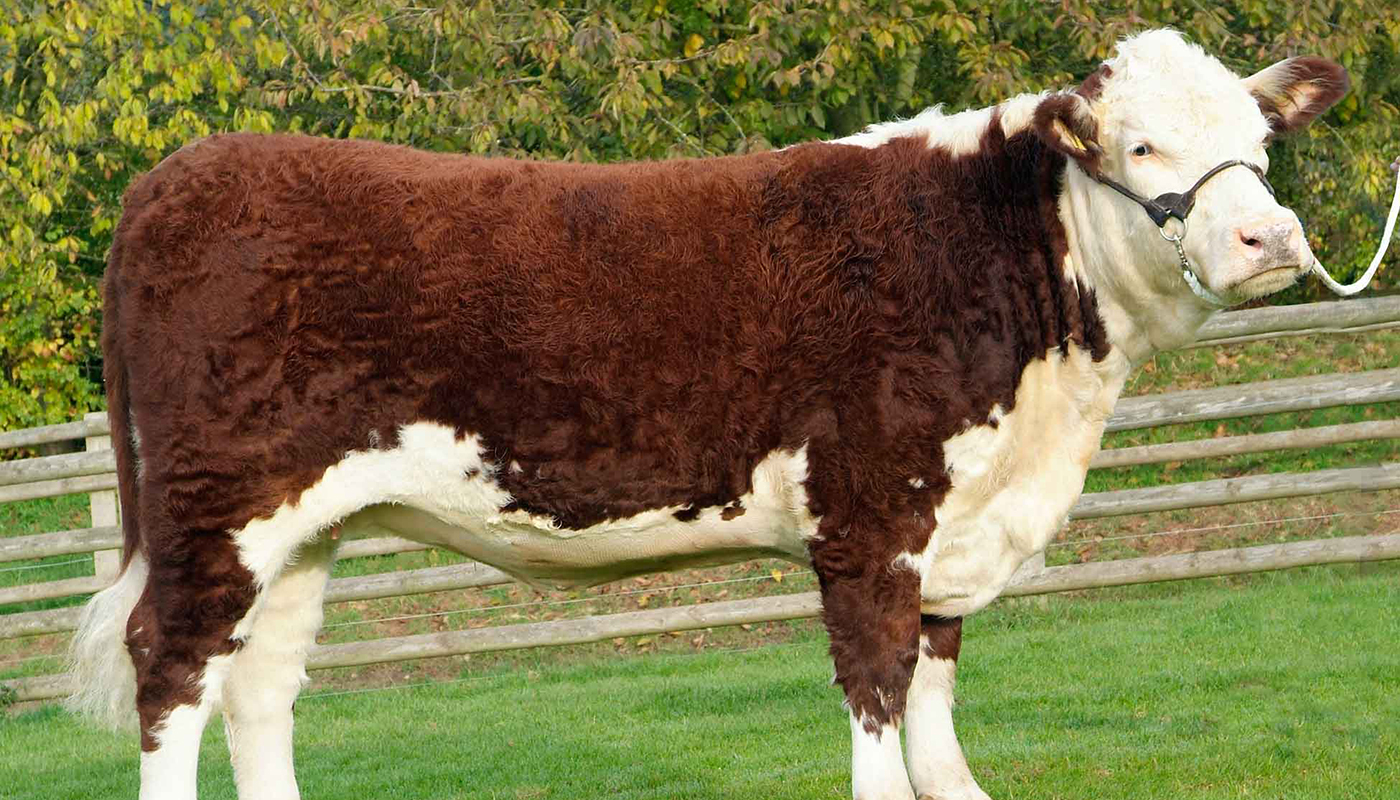 Hereford Cattle Breed – Everything You Need to Know
Hereford Cattle Breed – Everything You Need to Know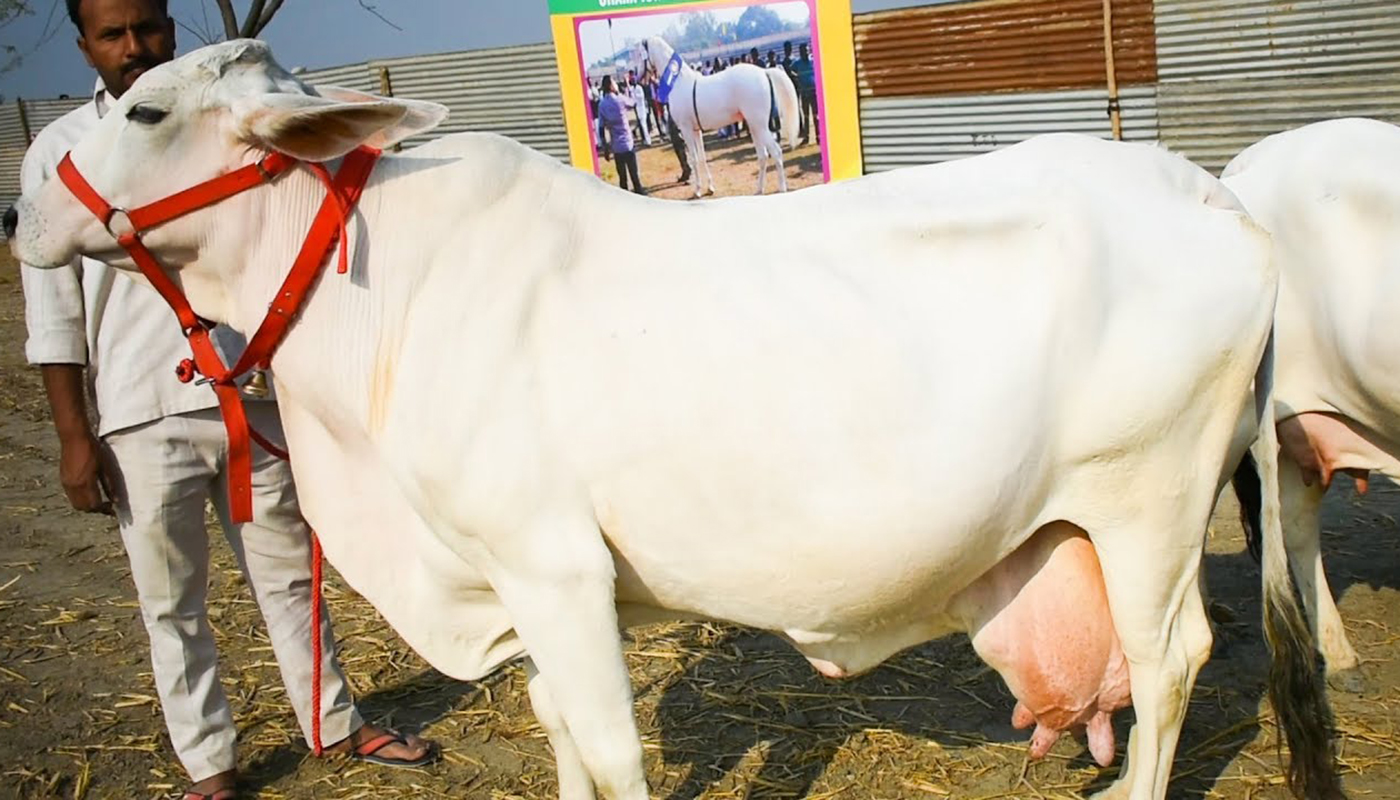 Tharparkar Cattle Breed – Everything You Need to Know
Tharparkar Cattle Breed – Everything You Need to Know Brown Swiss Cattle Breed – Everything You Need to Know
Brown Swiss Cattle Breed – Everything You Need to Know